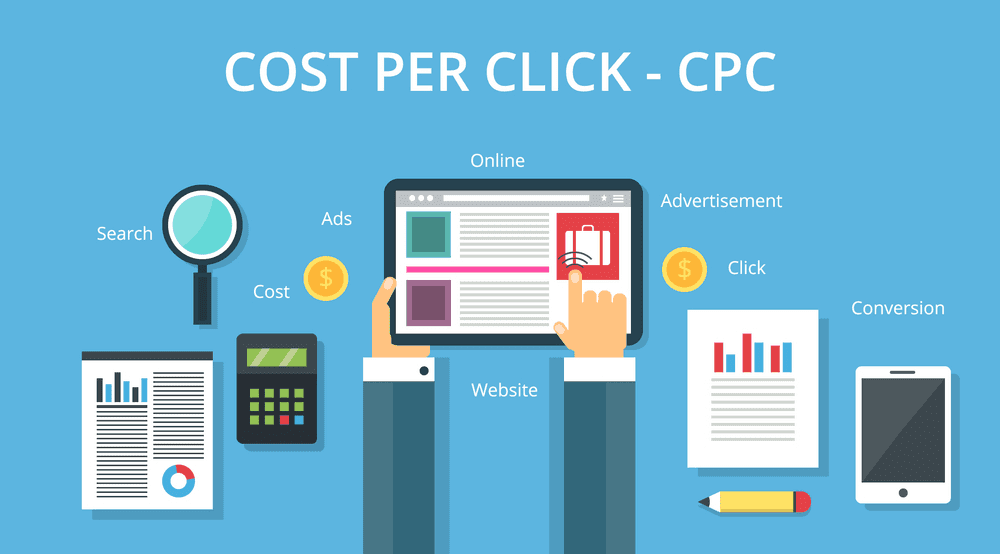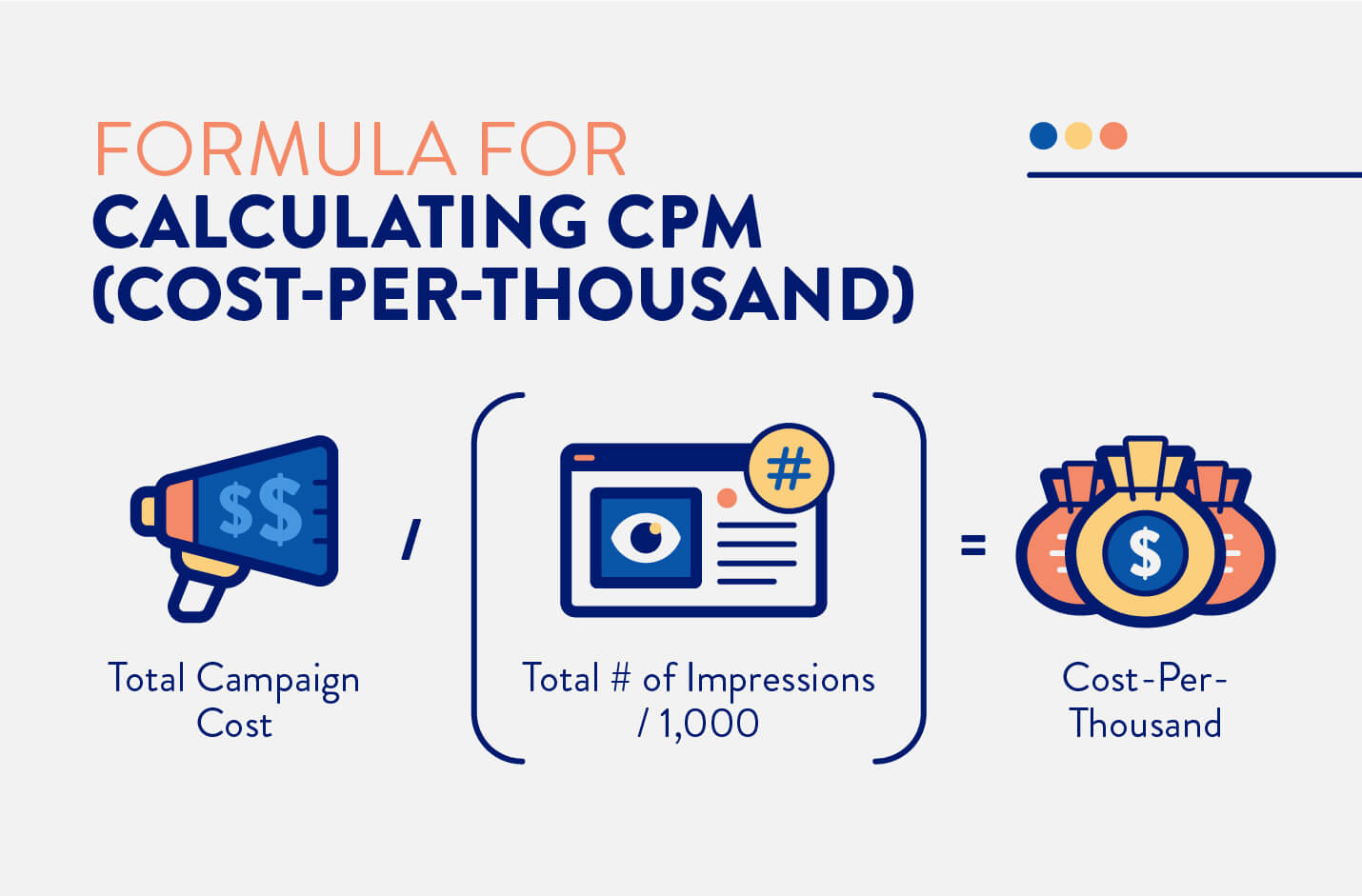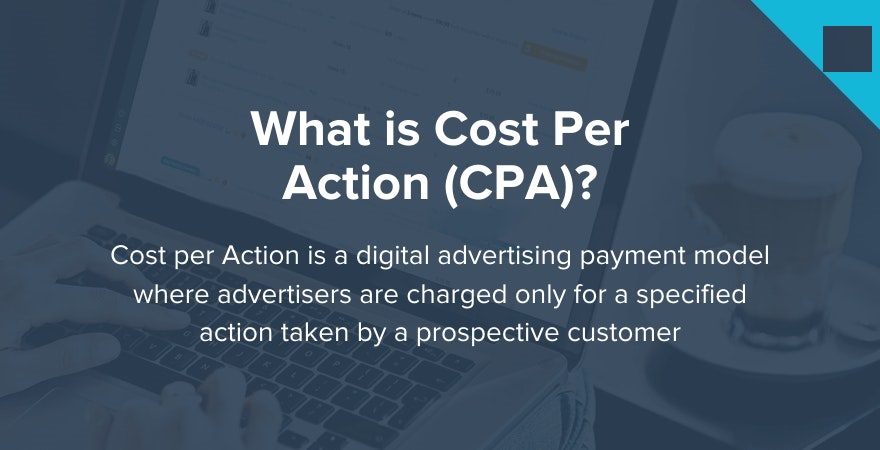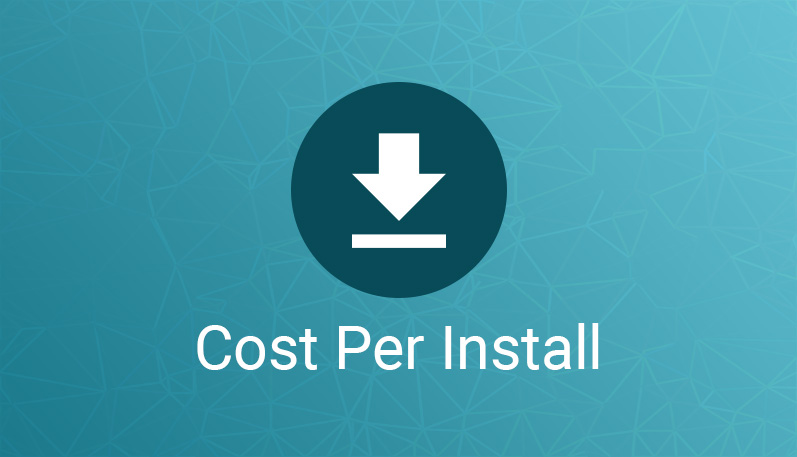When choosing what type of advertising campaign you will use, you need to take into account the differences between each of them and the prices, so that you can adjust your budget to the one that best suits what you are looking for.
Below we discuss some of the most common, but there are many more, and there are even combinations of these.
CPC or cost per click

The Cost per Click (CPC) is a profitability indicator or cost model that is based on the payment of an amount for each click obtained in advertisements. The most common case is that with each click you get a visit to the advertised web page.
If the native ads are specially designed to appear on mobile devices with the ability to make calls, there is a possibility that when you click, you will make a call directly to the business.
When a user clicks on an advertisement of our brand, they usually show interest in it, so the percentage of conversion from visitor to customer is usually much higher compared to the cost-per-impression model, which only ensures impressions of the ad.
For this model to be profitable, it is important for the advertiser to know their traffic statistics and identify what percentage of the visits finally become a customer. Within the cost per click, it is important to differentiate the source of the visit.
If the visit comes from a search engine, your conversion will probably be higher than if it comes from a banner campaign, because the user has made a search related to the ad, which shows an interest, whereas banner ads usually be shown to all users, both those who may be interested in the product or service, and those who are not.
Most current advertising platforms such as Google AdWords, Facebook Ads, Twitter Ads, Bing Ads, etc., base most of their campaigns on CPC cost models, although there are more alternatives depending on the ad format or the different types of campaigns.
CPM or cost per mille

Cost per mille (thousand) impressions (CPM) is the cost of a web advertising campaign directly related to the number of times an ad is shown (impressions). It is usually the most used cost model in brand recognition campaigns, also called branding.
This cost model ensures that the ad has been shown a number of times for which it is paid. CPM does not ensure visits or conversions, so it is not usually a good model to achieve objectives other than promoting or giving visibility to a product, service or brand.
The cost per thousand has its origins in advertising shown on television, radio or the press, where advertising is sold based on the audience of the medium.
The use of CPM on the Internet is much more reliable, since the technology allows us to measure how many times an advertisement has actually appeared and the bill for the cost of advertising is based on this figure.
CPA or cost per action

The cost per action (or acquisition) or CPA is the total cost invested in promoting a website to achieve a sale. In online advertising, it is usually the most advantageous system for the advertiser, more than other models such as CPC or CPM, because only one cost is borne for each sale made.
The cost per acquisition or sale is also applied in affiliate sales, although we can calculate the CPA for each strategy that we use to promote our website: Google Ads, natural positioning, banners, e-mail marketing, etc.
The advertiser must have a fine-tuned calculation of the average benefit obtained for each transaction as well as the total value of the customer’s life cycle, since the cost per acquisition will reduce that profit margin.
If the cost per acquisition or CPA is greater than the profit margin for a certain promotional strategy, this will not be profitable and we will have to resort to another means to promote our products.
Other models
CPF or cost per followers

CPF stands for Cost per Fan (or followers), so we would only pay each time a person becomes a fan on our profile on the social network where we have the ad.
CPV or cost per visit

The term cost per visit (CPV) is self-explanatory. It means the amount of money you are paying for an ad and how much a single visit to your website (via that ad) will cost you.
It can be as relevant to web page clicks as it is to physical visits or appointments at your local business. However, it is primarily used to analyze PPC (pay per click) digital marketing campaigns and help you understand the reach and influence of your ads.
By looking at paid search results, you can determine how effective your PPC ads are in attracting the right audience. Looking at that cost per visit, you can analyze variables like
- bounce rate
- page views
- Average spend per customer
- The lifetime value of a customer
And knowing these factors can significantly help improve your ads and your website. But before that, let’s see how we can calculate the cost per visit.
CPI or cost per install 
The CPI refers to the investment that must be made by those who launch the application or software for each time someone downloads and installs it on their smart device or computer.
In addition, when estimating the CPI, the investment necessary to promote the app, the investment required to maintain and update the app and, if applicable, the investment that the user must make to download the app are also taken into account.
The CPI will vary depending on whether the app is installed on iOS or Android. Being iOS more expensive, the CPI will be higher.
CPD or cost per download
The cost per download or CPD is the price we pay for each of downloads we get through the advertising we pay. As well as the cost per click, or the cost per acquisition, they are metrics that assess the performance of an action by the user. In this case, knowing the total investment made in a campaign, and all downloads obtained, the cost of each of the conversions is obtained.
This is essential to calculate the ROI (Return of investment) of a campaign that aims to achieve the maximum possible downloads. If we know how much it has cost us to get a download and we also know the income obtained by each one of them, then we will be able to know what the benefit that we obtain is.
Or on the contrary, if each download costs us €5 and we get €4 of income, we will be losing part of the money invested. In this case, it will be necessary to reduce the CPD or increase the income we obtain for each download.







